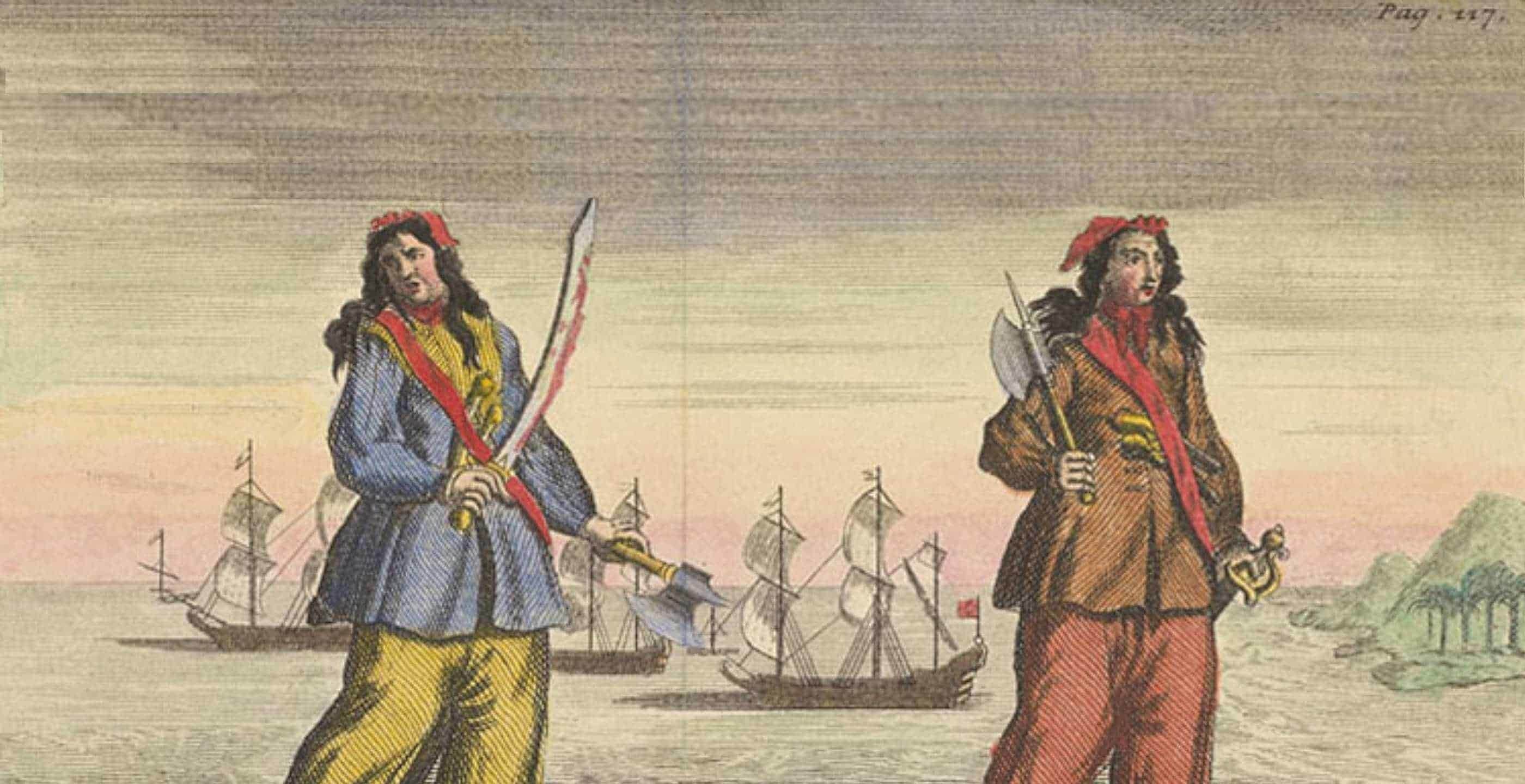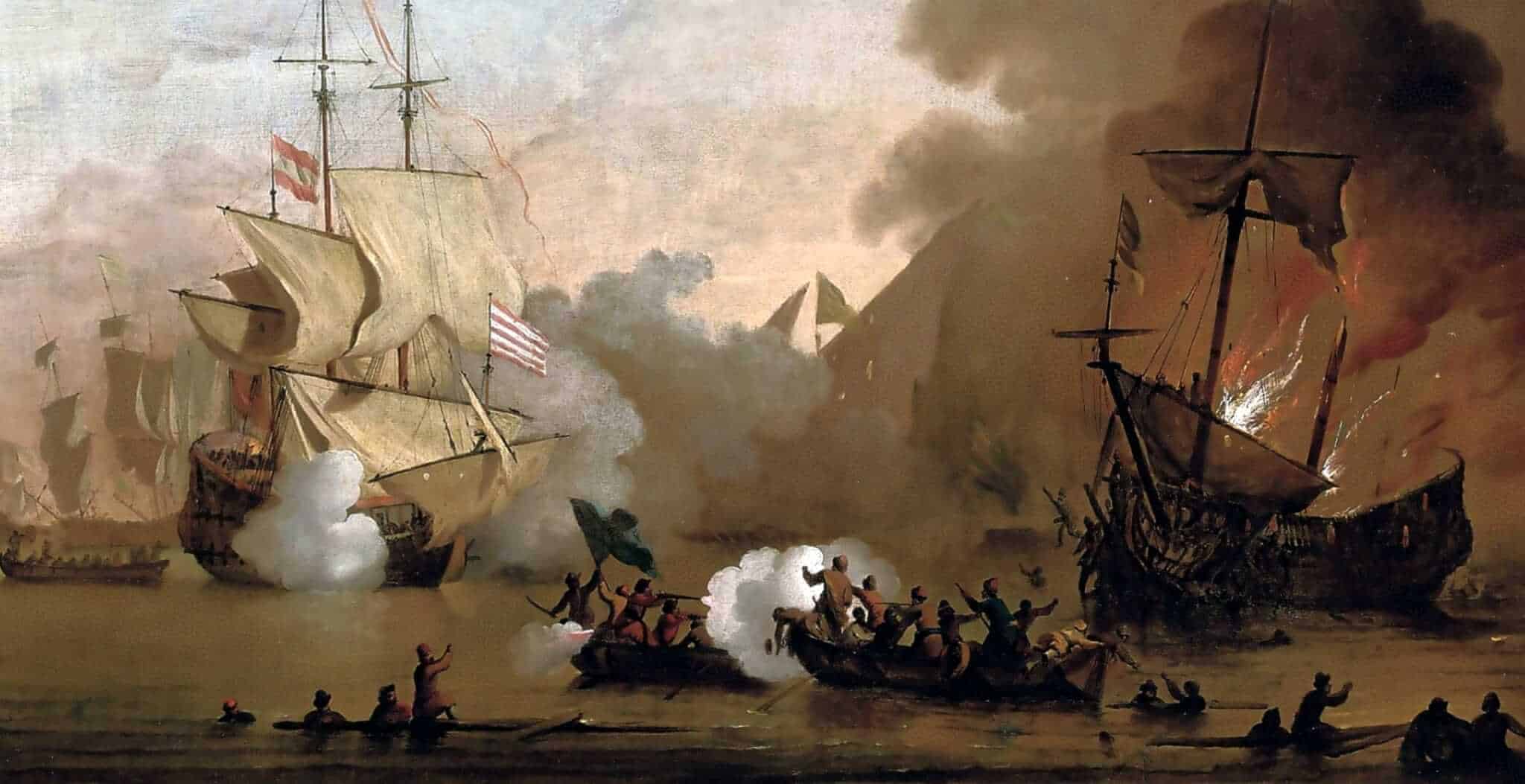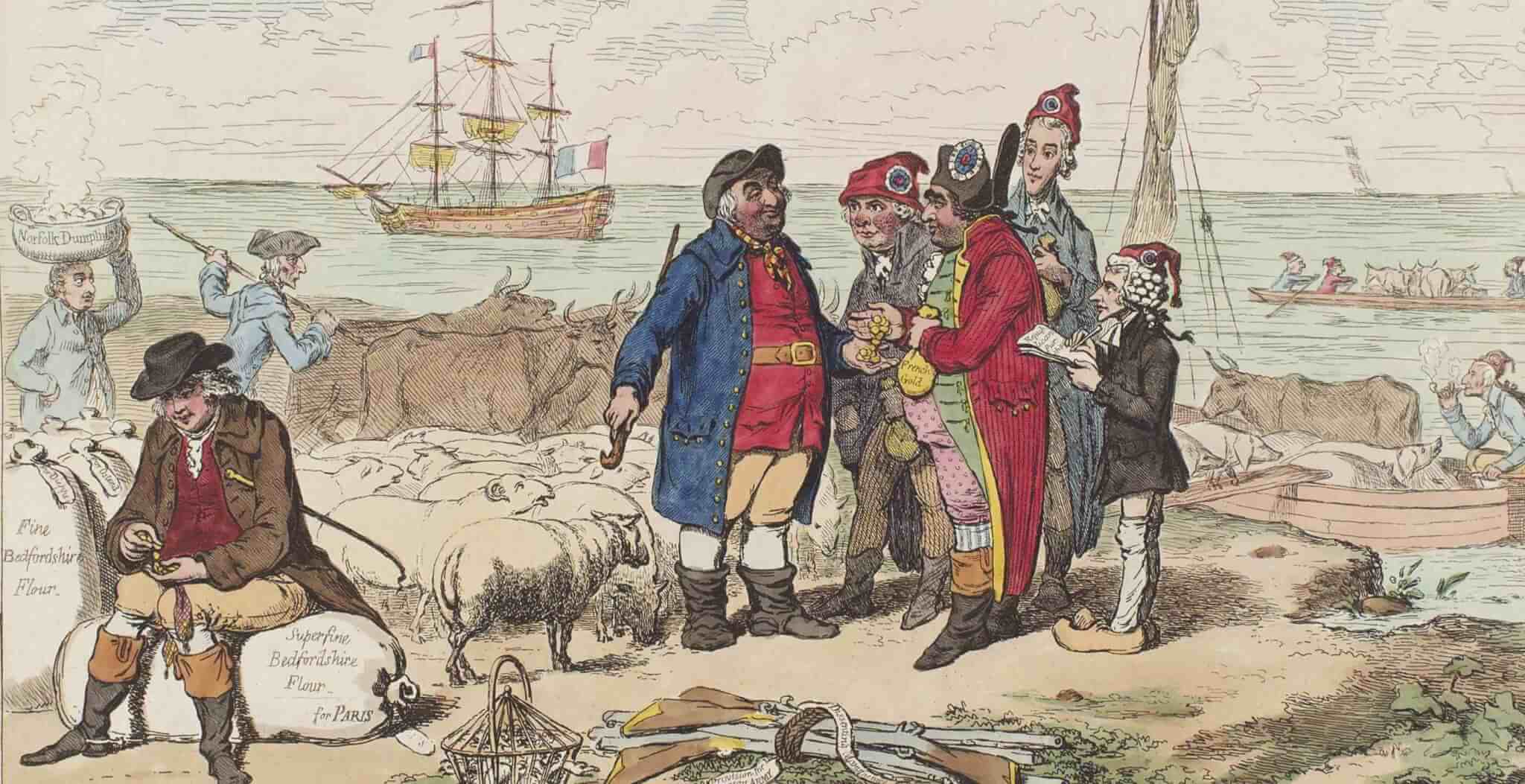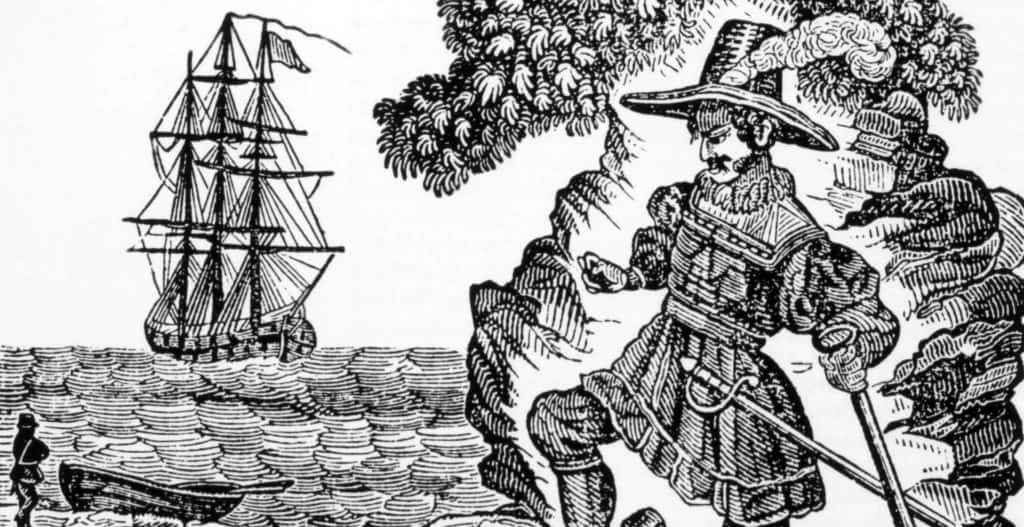Englishwoman Mary Read is ultimately remembered for two things: as a woman who disguised herself as a man, and for her career as a fearsome pirate. Born in England towards the end of the 17th century, Mary was the illegitimate daughter of a young widow. Her mother had survived on the maintenance money her in-laws provided for her now fatherless son, prior to Mary’s birth. Following the boy’s death, Mary’s mother dressed Mary as her half-brother in a bid to ensure maintenance payments continued and to cover up the illegitimate Mary.
This male disguise continued to be a useful tool for Mary. At the age of thirteen, Mary was sent into service to work as a footman to make money to support her and her mother. Such work did not satisfy Mary and she left to join the British military. Later she moved to the Flanders military where she exhibited great bravery. It was here she met a young Flemish soldier and soon fell in love with him. She could not and did not outwardly exhibit this emotion to him in fear of exposing herself and risking her position in the army. However, Mary often volunteered for additional battles to fight alongside this man and Mary gained a reputation as a brave albeit mad soldier amongst her fellow soldiers and commanders. As Mary shared a tent with the man she loved, and they were so often together, Mary was eventually able to reveal the truth of her gender and her feelings for him. He returned her affections, first attempting to make her his mistress, then finally pursuing her as his wife. Mary married her soldier and they sought to be discharged from military service. They bought women’s clothes for Mary and used marital gifts to purchase an inn which they ran together for a short time until her husband’s death.
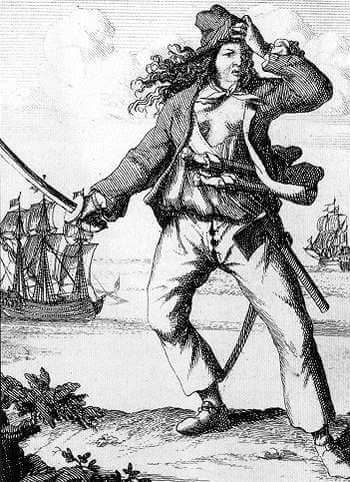
In widowhood, Mary returned to her male disguise. She briefly joined the military service in Holland before boarding a ship sailing for the West Indies and starting her career on the high seas. This ship had not travelled far before it was plundered by English pirates, who took Mary as part of their crew. Mary fell into a life of piracy until sometime between 1717 and 1719, when the king issued a pardon to any pirate willing to surrender. Mary’s crew accepted this pardon and returned to dry land where they lived until their money grew short.
Mary subsequently set off to sea once more, becoming a privateer for the Commander of the Island of Providence. She barely had a chance to progress in her new career as the ship quickly turned to mutiny, leading Mary to return to piracy. She joined a pirate crew captained by Englishman John ‘Calico Jack’ Rackham. Mary proved to be just as brave in piracy as she was in the military and was always the first to fight off any attacks to the ship. Her disguise had carried her to this point, with none suspecting her to be a woman.
Amongst her crewmates was another woman in male disguise, Anne Bonny – the lover of Calico Jack. Anne was also a brave fighter and always remained on deck with Mary to fight off attacks. Anne revealed to Mary the truth of her disguise and gender, either out of trust or through an attempt at seduction. In response to Anne’s declaration, Mary also removed her disguise. Anne’s lover and the captain of the ship, Calico Jack, became jealous of the relationship Anne and Mary shared and, assuming them to be lovers, threatened to cut Mary’s throat. In a bid to sooth his jealousy Anne let Jack in on Mary’s secret, although this remained a secret from the rest of the crew.
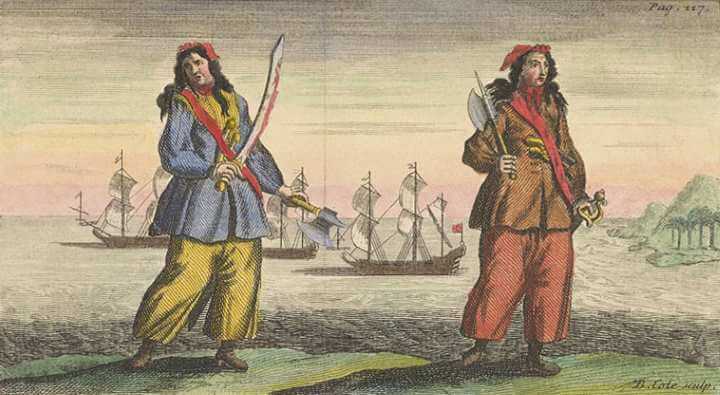
Success followed and Mary and her crew seized ships from Jamaica and the West Indies sailing to and from England. Whenever they chanced upon able bodies, they would recruit them into the crew, willingly or otherwise. Among these new recruits was a young man that Mary fell in love with, and she set out to befriend him in her male disguise. She slandered the life of a pirate in front of him, knowing full well that he himself abhorred piracy. Eventually the two became mess-mates and close companions. Once their friendship had been established, Mary began to expose her true gender to him without directly telling him. After catching a glimpse of her breasts, the young man’s desire was piqued, and he began to ask questions until Mary explained that she was not really a man, but a woman in disguise. Their friendship turned to romance and they became lovers.
Mary became wracked with fear and concern when her lover began a feud with another pirate on board, which was to be settled by duel on land. Not wanting her lover to be branded a coward by retreating, and knowing that he was unlikely to win against the hardened pirate, Mary instigated her own feud with the pirate and scheduled their own duel two hours earlier than the one her lover would face. Mary had the military experience that her lover lacked and once upon land, Mary’s duel against the pirate ended in his death by her sword and pistol. And so, Mary saved her lover from almost certain death.
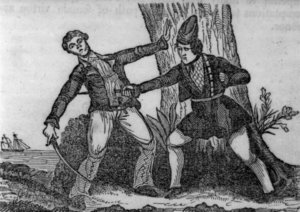
The crew were brought to trial in present-day Spanish Town in Jamaica, where Mary told the court that her and her husband had been planning to leave piracy to live honestly on the land. Despite her best efforts and proclamations of reformation, Mary and the rest of the crew were tried and found guilty of piracy and sentenced to hang. Both Mary and Anne Bonny pleaded their pregnant bellies to delay execution, though Mary would die the following year in prison of a violent fever.
By Robyn Codlin. I am currently studying for my master’s degree in history, with a focus on women’s history.
